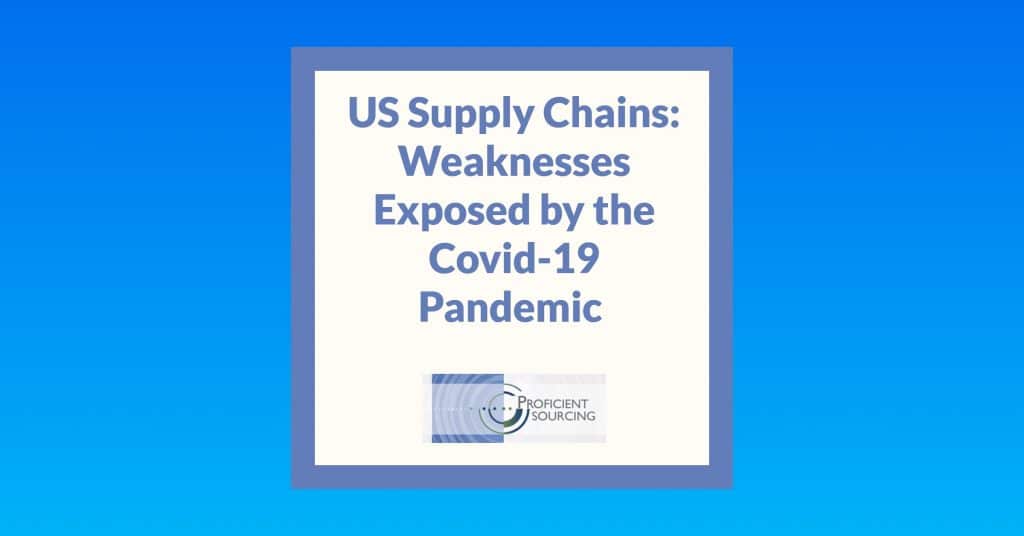
We have all witnessed the chaos in supplying critical medical supplies during the past few months of the covid 19 pandemic, especially in and around New York. Why has this supply chain issue been such a problem for the US? After all, we were the #1 manufacturing country in the world for the past 100 years until just the last few years!
Political leaders are quick to say this is something we need to fix, and, of course, there’s a lot of noise about focusing on US manufacturing. If this is a subject near and dear to your heart, please give us a call if metal or plastics are on your list of things to localize: (513) 489-5252 will get our immediate attention. More information is included below.
But why is all this happening? Over the past couple of generations manufacturing has undergone fundamental change. Overall, then, why do we have such supply problems?
One reason is today’s manufacturing is far more complicated than in the past.
In the glorious manufacturing days gone by companies like Ford established gigantic start to finish vertically integrated facilities. Ford’s “The Rouge” started with iron ore arriving at one entrance and finished cars rolling out an exit. But the Rouge model is long gone. Today’s manufacturing, by contrast, often involves very many specialties. And the experts in these specialties may themselves rely on other experts in sub-specialties. Thus, having all under one roof is no longer economically practical, even if feasible. Supply chains often span multiple continents, let alone countries. And China has become a major go-to location for many things. US medical items, unfortunately, became some of those items.
Following WWII a growing list of countries established particular areas of competitive supremacy. Japan’s lean manufacturing of automobiles is a good example, and now the globe has experts in something, whether some technology or cheap labor, in virtually every corner.
Another reason is today’s focus on maximizing the utilization of plants and equipment.
With all of us interested in lean concepts and capacity utilization, manufacturers need to be concerned not only with suppliers, but also the right size production facilities. If your plant is at or near capacity, there will be another level of decision making for more or less volume, so planning has become ever more important.
Companies cannot behave as they did years ago. Having idle capacity is too expensive to tolerate in any significant amount. Inventories? Perhaps keeping some inventory works in some cases, but the general case is to comply with JIT principles and eliminate inventory to the extent possible. If unexpected supply disruptions occur, and especially where overseas shipping in involved in the supply chain, the result can be catastrophic.
So in particular, what is the future of our heavy reliance on China? They have a major role in many kinds of products. In the case of electronics and other things requiring rare earths, moving elsewhere could be very difficult. China controls most of the world’s supply of rare earths and now we learn they have a major role in the supply of drugs and other medical items. It sounds as if major change is under serious consideration and with respect to China in particular. Is this a concern of yours?
Of particular relevance to Proficient Sourcing, many companies moved their metalworking requirements from the US to China and other countries. A great deal of foundry work, including die casting, molding tooling, and castings has been relocated to Asia, and especially China. In the good old days, Cincinnati was the machine tool center, after all, and Cincinnati Milicaron the gold standard. Not so now.
So if our political leaders are to embark on a path to make major changes in overseas suppliers, China in particular, what does that mean for you?
Proficient Sourcing was created to help. We are a collection of specialist manufacturing companies. We are focused on becoming your suppliers, and here’s list of most of the things we can do for you. If your supply chain has become more problematic, please give us a call.
For further information on this important subject we suggest the Reshoring Initiative, and on their website, you can find the TOC Estimator, which is a worksheet for determining the most economical location for manufacturing.

